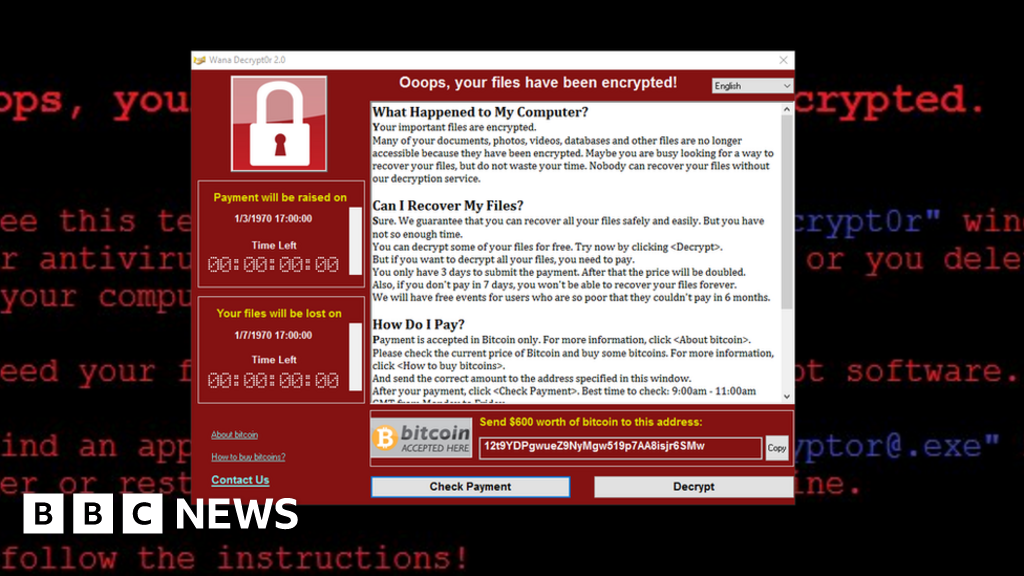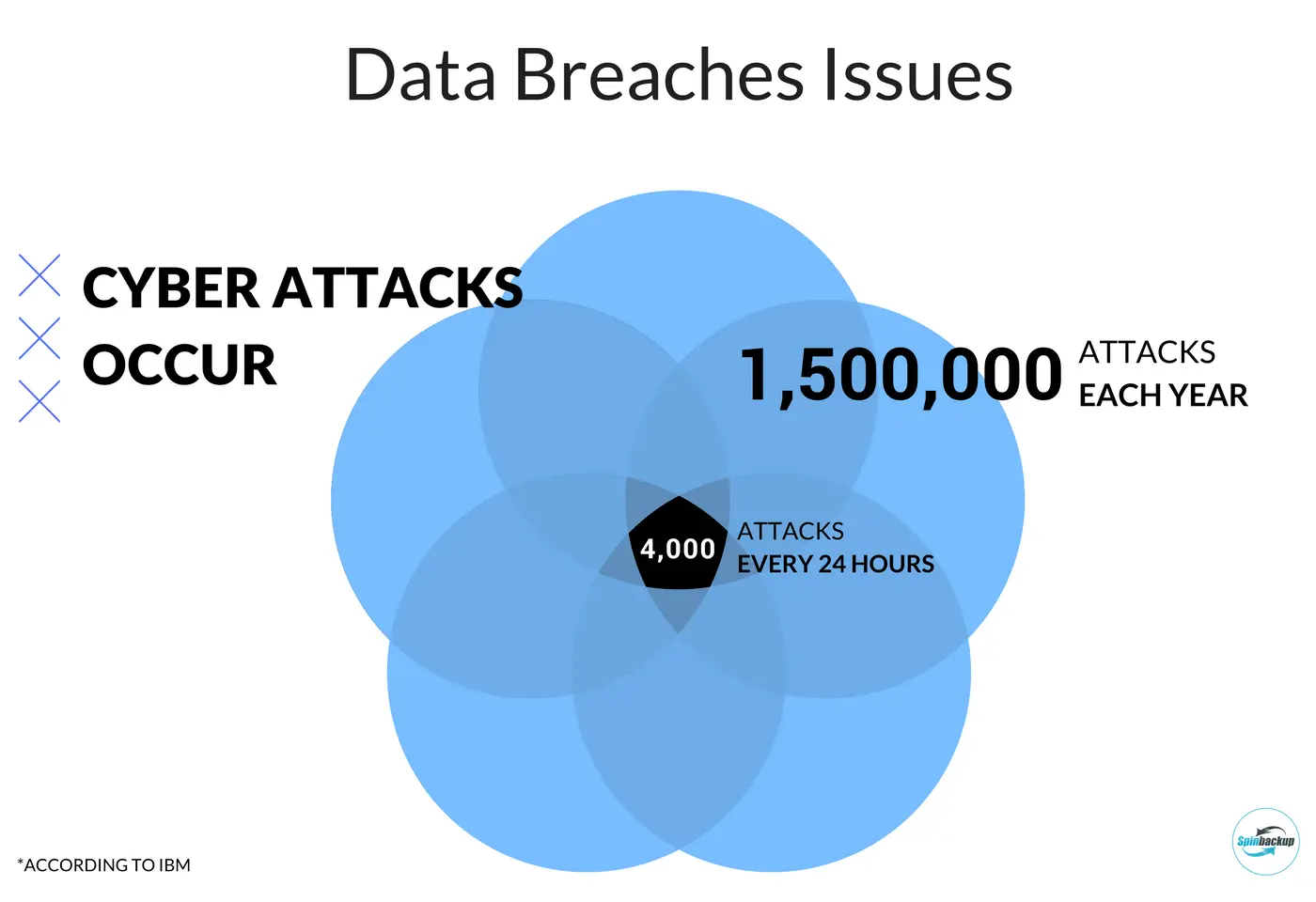Safepay Ransomware: Over 260 Victims and a 3.5TB Data Leak Threat

Safepay Ransomware: Over 260 Victims and a 3.5TB Data Leak Threat
The cybersecurity landscape is constantly evolving, with new threats emerging regularly. One of the most recent and impactful is the Safepay ransomware, which has already claimed over 260 victims across multiple countries. This aggressive ransomware group has made headlines by threatening to leak a massive 3.5TB of data allegedly stolen from IT giant Ingram Micro. Let's delve into the details of this significant cyber threat.
What is Safepay Ransomware?
Safepay is a ransomware-as-a-service (RaaS) that emerged in early 2025. Unlike many other ransomware operations, Safepay appears to operate centrally, without relying on affiliates. This centralized approach allows them to maintain tight control over their operations and potentially execute attacks more efficiently. The group quickly gained notoriety for its aggressive tactics and the speed with which it has compromised numerous organizations.
The Ingram Micro Attack
One of Safepay's most high-profile victims is Ingram Micro, a global leader in technology distribution. The ransomware group claims to have stolen 3.5TB of sensitive data from Ingram Micro's systems. They have threatened to release this data if their ransom demands are not met. This attack has caused significant disruption to Ingram Micro's operations, including system outages and VPN shutdowns across multiple global locations.

Massive ransomware infection hits computers in 99 countries - BBC News
Impact and Consequences
The Safepay ransomware attack has several significant consequences:
- Data Breach: The potential leak of 3.5TB of data from Ingram Micro could expose sensitive customer and partner information.
- Operational Disruption: The attack has caused system outages and disruptions to Ingram Micro's ordering platforms.
- Financial Losses: Ransomware attacks can result in significant financial losses due to downtime, recovery costs, and potential ransom payments.
- Reputational Damage: Being a victim of a ransomware attack can damage an organization's reputation and erode customer trust.
Prevention and Mitigation
Protecting against ransomware attacks requires a multi-layered approach. Here are some key steps organizations can take:
- Regular Backups: Implement a robust backup strategy to ensure that critical data can be recovered in the event of a ransomware attack.
- Employee Training: Educate employees about the risks of phishing and other social engineering attacks.
- Security Software: Use up-to-date antivirus and anti-malware software.
- Network Segmentation: Segment the network to limit the spread of ransomware if one part of the network is compromised.
- Patch Management: Regularly patch software vulnerabilities to prevent attackers from exploiting them.
- Incident Response Plan: Develop and test an incident response plan to effectively respond to a ransomware attack.
Key Takeaways
The Safepay ransomware attack highlights the growing threat of ransomware and the importance of proactive cybersecurity measures. Organizations must take steps to protect themselves from these attacks to avoid significant financial losses, operational disruptions, and reputational damage. Staying informed about the latest threats and implementing a robust security posture are essential for mitigating the risk of ransomware.





.jpg)